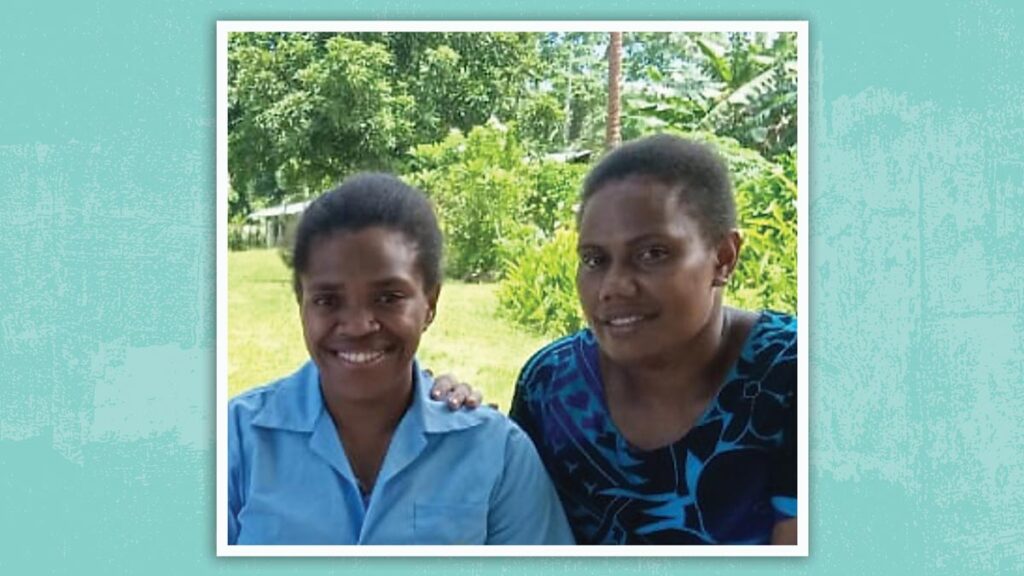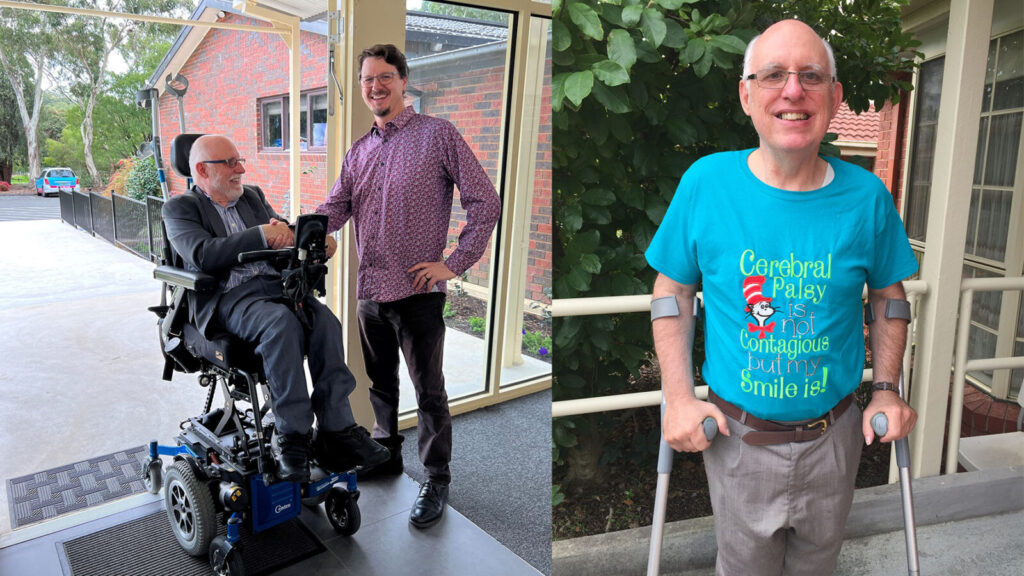In this age of inclusion and fuller community acceptance of people living with some form of physical disability, hearing loss is the “invisible disability”. Not only because of its lack of observable symptoms but also because of the broad spectrum hearing loss encompasses and how that impacts relationships, including participation in church activities.
Hearing loss is an enormous, if unobserved, problem. Unaddressed hearing loss is the third largest cause of years lived with disability globally, affecting people of all ages and with an impact well beyond the family. An estimated US$1 trillion is lost annually due to a collective failure to address hearing loss adequately.
But while the economic burden is enormous, what cannot be quantified is the personal distress caused by the loss of communication, its effects on education and the social integration that accompanies it. The number of people with hearing loss will only rise in the coming decades, from the current 1.5 billion to an estimated 2.5 billion by 2050.
How can churches accommodate the needs of members who are deaf or hard-of-hearing? In brief, acknowledge its existence and how it impacts church member relationships and affects the mental health of the individuals and families who live with it. Then build an educated and supportive church environment that is welcoming and inclusive and provides assistive listening technology to help the hard-of-hearing and qualified sign language interpreting to help the profoundly deaf who cannot benefit from any hearing technology.
It is critical to understand the differences between those who are deaf and those with partial hearing loss (commonly referred to as hard-of-hearing.) The two conditions are entirely different and a caring church community should know how best to meet the needs of either condition.
The hard-of-hearing: People who are hard-of-hearing have suffered partial hearing loss and may or may not use hearing aids. In most cases, they still function within a typical hearing community, albeit with a higher stress level due to the reduced ability to follow a normal conversation. Some with profound hearing loss may use sign language as a supplement. However, most hard-of-hearing people will avoid using sign language or being seen as part of the Deaf community.
The Deaf: People who are deaf do not have enough residual hearing to benefit from any amplification technology. Instead, they rely entirely on visual communication, such as sign language. Today, most Western countries recognise sign language for the Deaf as being on par with any other ethnic language. They are usually entitled to the same government-funded interpreting services as any ethnic language group.
Assistive Listening Devices (ALDs)
For many hearing aid users, a reduced ability to follow a conversation in noisy places is still present to a lesser degree after hearing aid fittings. The reason is that microphone technology in hearing aids and implants cannot match the ability of normal hearing to focus on one voice in a crowd, particularly in large halls filled with multiple speakers. The stress level of trying to understand and communicate in such environments is much higher for hard-of-hearing persons. The ideal solution lies in the informed use of assistive listening devices.
Assistive listening devices are a group of technologies designed to help hard-of-hearing people overcome the reduced speech clarity experienced in large, people-filled areas like churches. ALDs allow individuals to wirelessly connect to public address systems to capture improved audio, with most of the problems of poor clarity and background noise removed.
Many ALD systems available on the world market necessitate careful research by people with a good knowledge of audio systems and hearing aids. A significant research study into ALDs by this writer, “How to equip your church or venue for people with hearing problems,” can be downloaded from <csfbhi.adventistchurch.com/resources-page>. Hard copies are also available.
One of the earliest and most common ALD systems still used in many churches today is the “audio loop”. Audio loop systems are still widely promoted by suppliers with vested interests and consumer groups as the assistive listening system of choice. But loops present significant disadvantages compared to currently emerging technologies. Loops only work with hearing aids or implants fitted with loop receivers (called “telecoils”). However, most new model hearing aids and implants are no longer equipped with loop receivers, so they cannot work with loops. Hearing professionals today prefer to promote hearing aids fitted with Bluetooth or direct-streaming technology. This new technology enables wireless connection with smart phones and eliminates most issues associated with interference, background noise, variable reception and “drop-outs” experienced with loops.
Typical of new technology ALDs that utilise mobile phones is the “Listen EVERYWHERE” Wi-Fi system from <listentech.com>. This device streams audio from in-house sound systems direct to smartphones via a free app. Users can listen via earbuds or headphones or connect wirelessly to their hearing aids (if equipped with direct streaming technology). This system also enables language translation. Other ALD systems that don’t use phones are available. (Refer to the free downloadable booklet referenced previously.)
Providing accessibility for the Deaf
A church can find the following strategies helpful:
(1) Provide qualified sign language interpreters at centralised churches in areas with high concentrations of Deaf people.
(2) Raise funds to train and employ a Bible worker with fluent sign language skills to work in selected urban areas near churches with interpreted services.
(3) Create a long-term goal to establish dedicated signed services for the Deaf in a separate room or adjoining building as an annex to a supportive church.
(4) Create a scholarship fund to support a suitable person fluent in sign language—particularly a deaf person or couple—to train as a minister to the Deaf.
For further detailed information about ministering to the Deaf, see targeted articles at possibilityministries.org/ministries/deaf.
Graham Weir is a retired hearing rehabilitation specialist. He currently serves on the Adventist Possibility Ministries Taskforce for the Deaf and Hard-of-Hearing at the General Conference. He lives with his wife, Dianne, in the southwest of WA.






